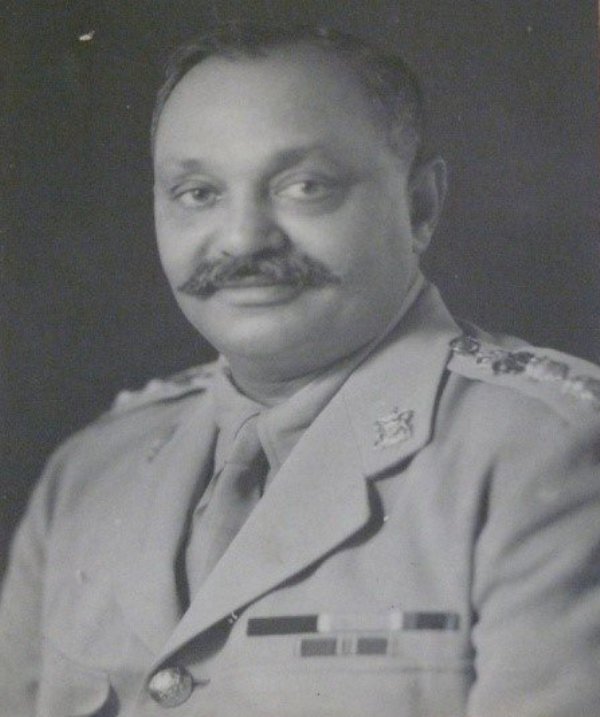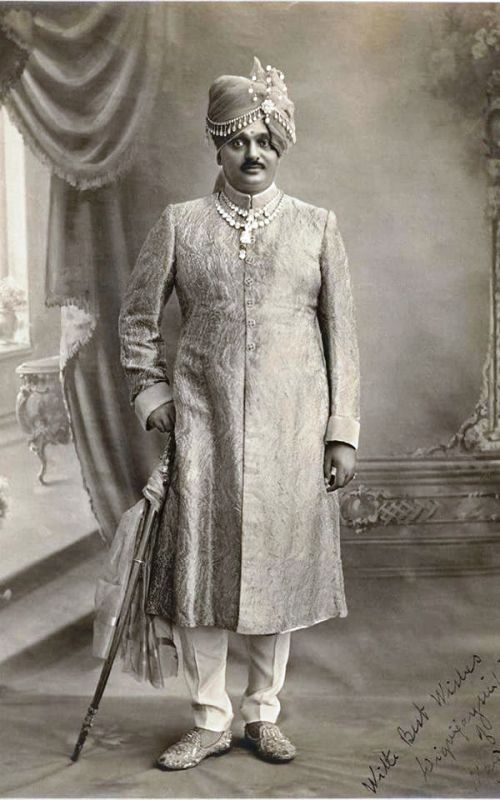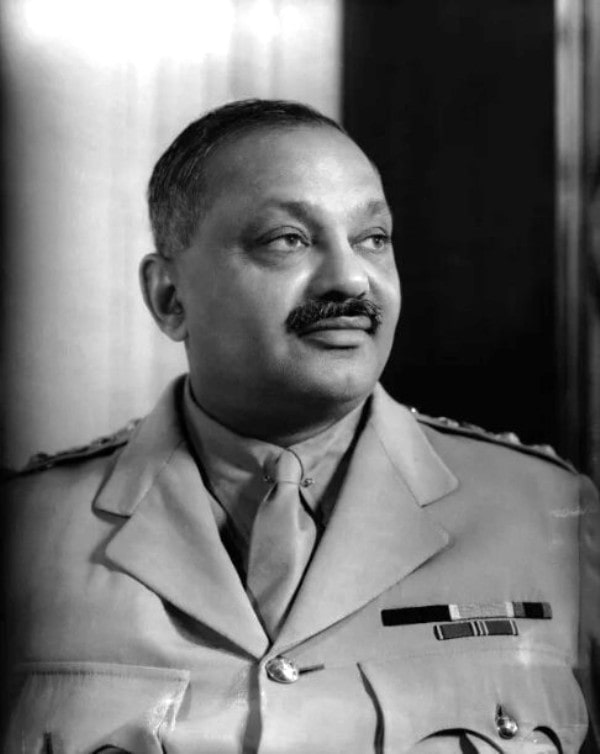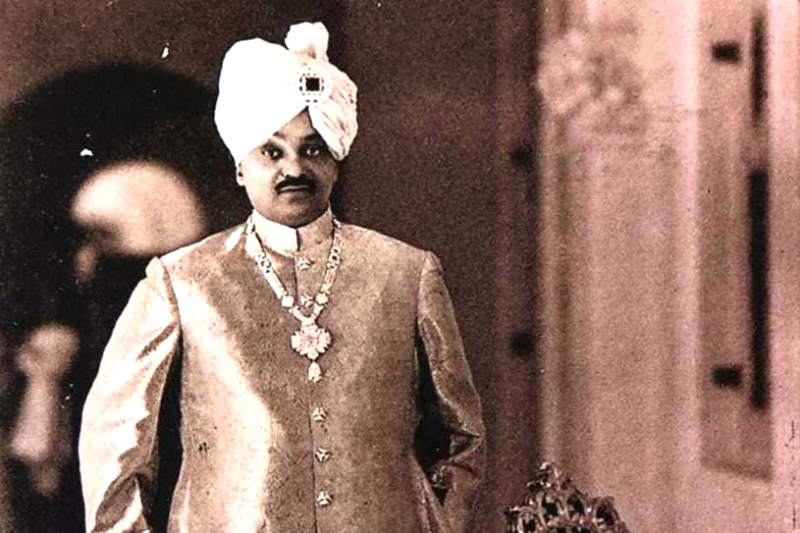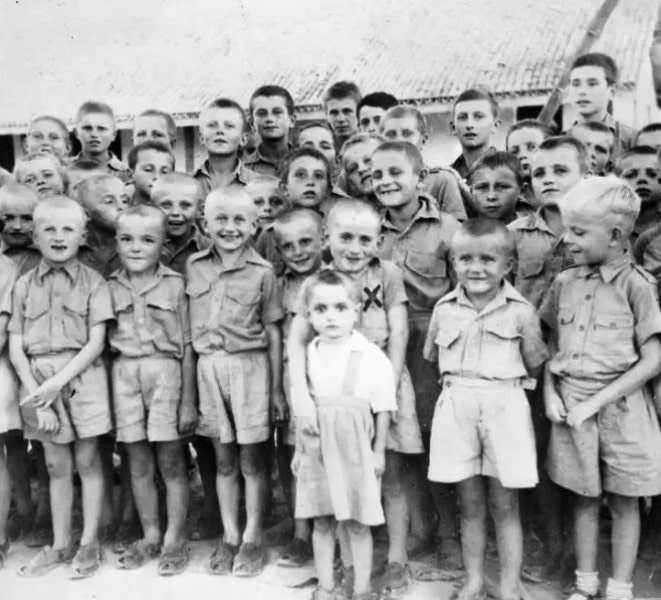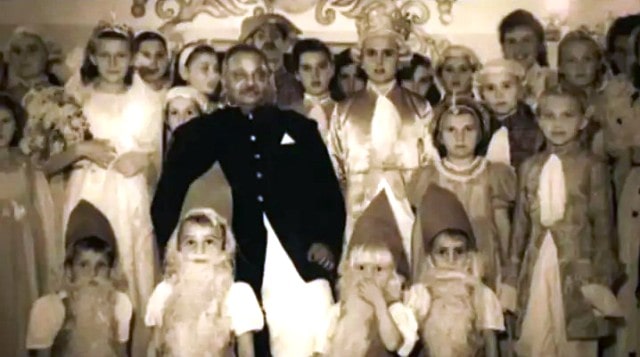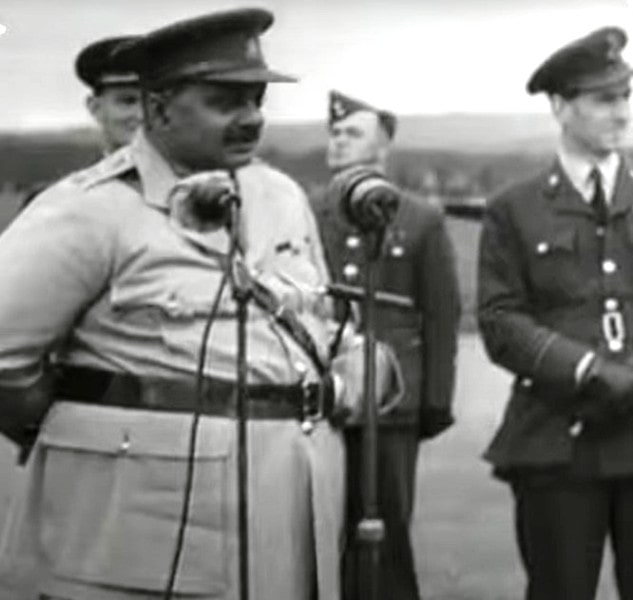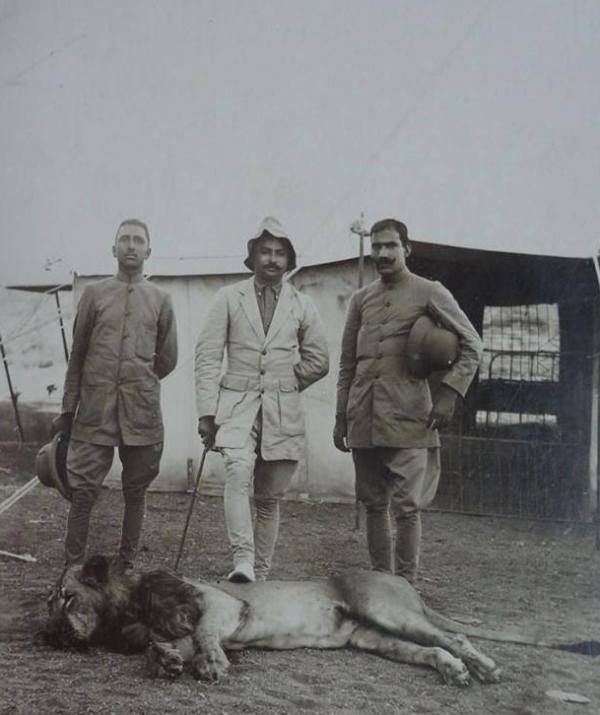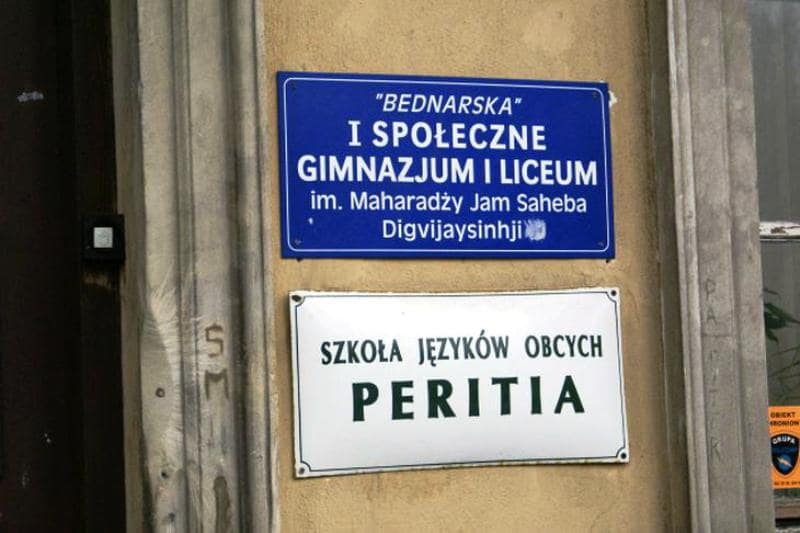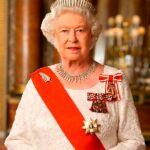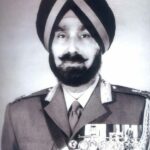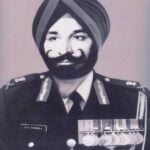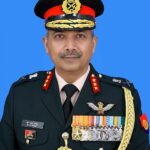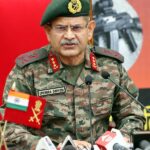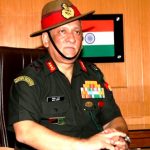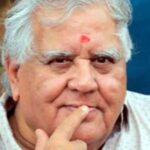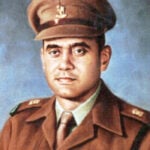Digvijaysinhji Ranjitsinhji Jadeja Age, Family, Biography & More
| Bio/Wiki | |
|---|---|
| Birth name | Digvijaysinhji Juwansinhji [1]Indian Rajputs |
| Full name | Digvijaysinhji Ranjitsinhji Jadeja Bahadur [2]Adoption.com |
| Names earned | • Good Maharaja • Indian Oskar Schindler • Bapu • The Big Jam • Jam Saheb [3]Medium [4]Hindustan Times |
| Profession(s) | Retired Army Personnel and Cricketer |
| Known for | Giving refuge to Polish citizens during the Second World War |
| Military Service |
|
| Service/Branch | British Indian Army |
| Rank | • Captain (1931) • Lieutenant General (1947) (honourary rank given by the British government) |
| Service Years | 1919 - 1931 |
| Unit | 125th Napier’s Rifles (now 5th Battalion of the Rajputana Rifles) |
| Military Decorations | British Medals • India General Service Medal with a Wazirstan Clasp (1924) • King George V Silver Jubilee Medal (1935) • King George VI Coronation Medal (1937) • Knight Grand Commander of the Order of the Indian Empire (GCIE) (1939) • 1939-1945 Star • Africa Star (1945) • Pacific Star (1945) • India Service Medal (1945) • War Medal 1939-1945 • Knight Grand Commander of the Order of the Star of India (GCSI) (KCSI-1935) (1947) Indian Medal • Indian Independence Medal (1947) Polish Medal • Commander’s Cross of the Order of Merit of the Republic of Poland (posthumously) (2011) |
| Personal Life | |
| Date of Birth | 18 September 1895 (Wednesday) |
| Birthplace | Sadodar, the Princely State of Nawanagar, Kathiawar, British India (now Jamnagar, Gujarat, India) |
| Date of Death | 3 February 1966 |
| Place of Death | Bombay |
| Age (at the time of death) | 70 Years |
| Death Cause | Not known |
| Zodiac sign | Virgo |
| Nationality | • British Indian (1895 - 1947) • Indian (1947 - 1966) |
| Hometown | Jamnagar, Gujarat, India |
| School | • Rajkumar College, Rajkot • Malvern College, Worcestershire, England |
| College/University | University College London |
| Educational Qualification | He received a graduate degree from University College London |
| Caste | Yaduvanshi Rajput [5]Aapdu Jamnagar |
| Relationships & More | |
| Marital Status (at the time of death) | Married |
| Marriage Date | 7 March 1935 |
| Family | |
| Wife/Spouse | Gulab Kunverba (deceased; Maharani of Nawanagar)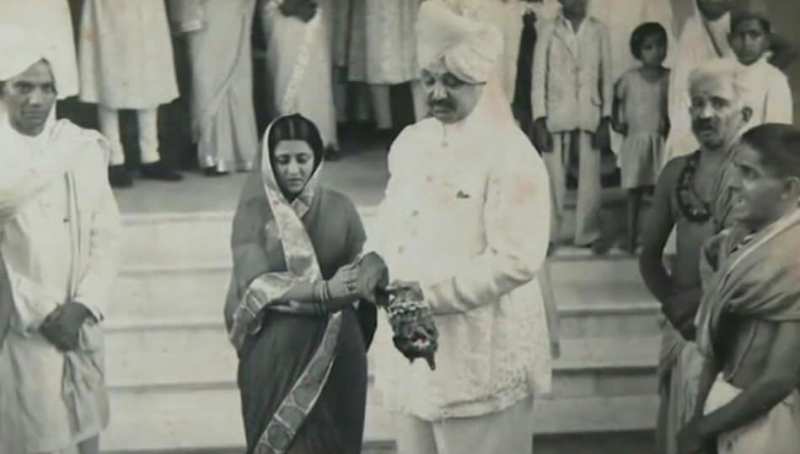 |
| Children | Son- 1 • Shatrusalyasinhji Digvijaysinhji Jadeja (21st Maharaja of Nawanagar) 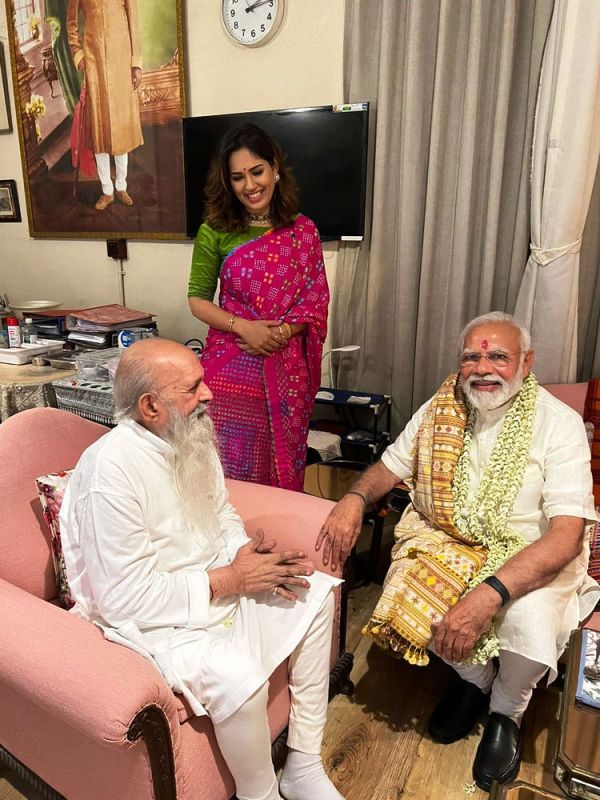 Daughter(s)- 3 • Harshad Kumari Sharma (deceased) 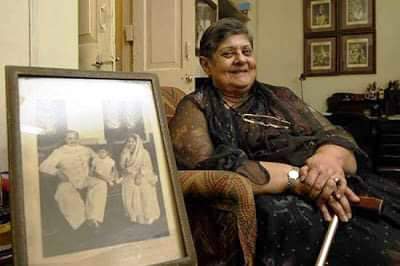 • Mukund Kunverba • Himanshu Kumari [6]A family photo of Digvijaysinhji on Facebook |
| Parents | Father- Juwansinhji Jiwansinhji (Maharaj of Sarodar) |
| Siblings | Brother(s)- 4 • Dajirajsinhji Jadeja (elder) (1891 - 1917) • Pratapsinhji Jadeja (elder; cricketer) • Himmatsinhji Jadeja (younger; retired Major General of the British Indian Army, 1st Lieutenant Governor of Himachal Pradesh, 1st Deputy Defence Minister of India) 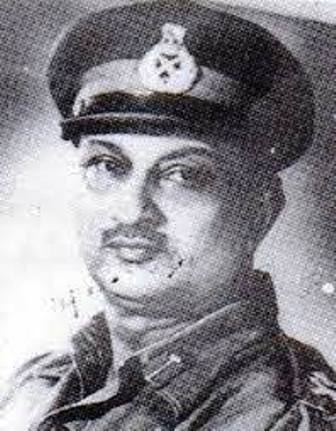 • Duleepsinhji Jadeja (younger; cricketer) (1905 - 1959) 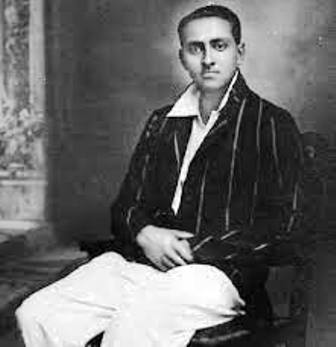 Sister- 1 • Vijay Kunwarba |
| Style Quotient | |
| Car Collection | • Lanchester Straight 8 imported from the UK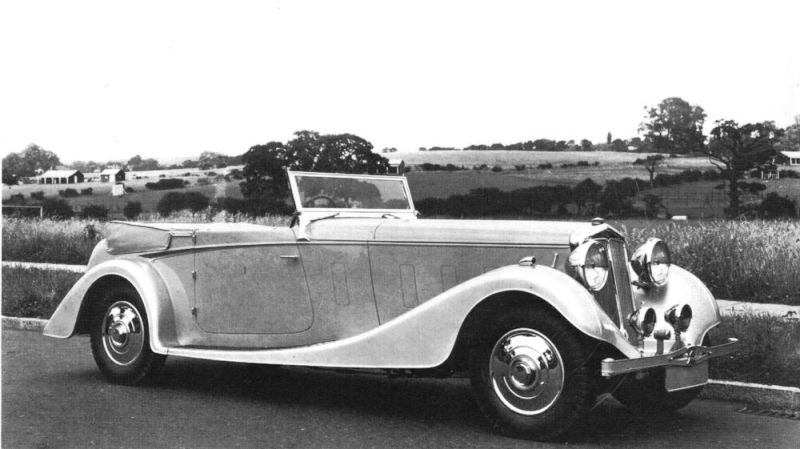  • Rytecraft Scootacar 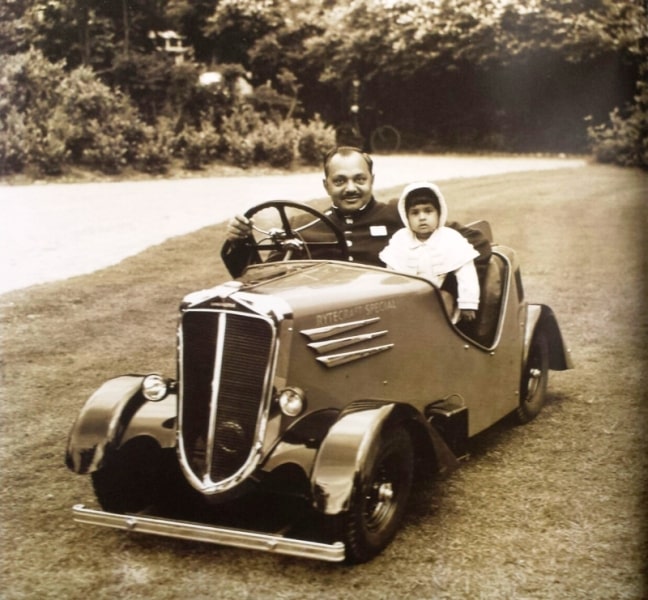 |
Some Lesser Known Facts About Digvijaysinhji Ranjitsinhji Jadeja
- Digvijaysinhji Ranjitsinhji Jadeja was an Indian cricketer, the 20th ruler of Nawanagar, and a retired British Indian Army officer. In 1942, he provided refuge to many Polish citizens, who were displaced because of the German invasion of Poland. He breathed his last on 3 February 1966, aged 70.
- In 1919, Digvijaysinhji enrolled as a Second Lieutenant in the British Indian Army.
- In 1920, he was transferred to the 125th Napier’s Rifles, now renamed the 5th Battalion of the Rajputana Rifles.
- After the end of the First World War, the League of Nations was established on 10 January 1920 to ensure peace in the world. During the first session of the league in 1920, Digvijaysinhji represented India.
- In 1921, while serving with the British Indian Army’s Egyptian Expeditionary Force, he received a promotion and became a Lieutenant.
- From 1922 to 1924, he was posted to Waziristan as a part of the Waziristan Field Force.
- In 1929, he received a promotion and became a Captain.
- In 1931, he took premature retirement and left the British Indian Army. He, however, continued to receive honourary promotions and became a Lieutenant General by 1947.
- Before his death, Ranjitsinhji Vibhaji II made Digvijaysinhji the heir to the throne of Nawanagar. He became the Maharaja of Nawanagar on 2 April 1933 and continued the developmental policies of Ranjitsinhji.
- He was a sports enthusiast, and he had a keen interest in cricket. He was a right-handed batsman and a right-arm bowler. In the 1933-34 first-class cricket match, Digvijaysinhji played for the Western India cricket team and scored six runs in two innings against the Marylebone Cricket Club (MCC). Western India lost the match to MCC by four wickets. He had also played cricket for Sussex County in England and once reportedly scored 3000 runs.
- From 1937 to 1938, he worked as the 4th President of the Board of Control for Cricket in India (BCCI).
- Digvijaysinhji was appointed a Chancellor of the Chamber of Princes in 1937. He served in the chamber till 1943. The chamber was established by King George V in 1920.
- During the Second World War, he served in several war committees such as the Imperial War Cabinet, the Pacific War Council, and the National Defence Council.
- When Nazi Germany invaded Poland in 1939, USSR helped the German Armed Forces in their conquest and captured many Polish citizens as Prisoners of War (POWs). The POWs were later sent to Russia to work in labour camps. In 1942, USSR allowed the Polish citizens to leave on a ship to seek refuge in other countries after Germany invaded the Soviet Union. The refugees were denied entry into Iran and many European countries out of fear of Adolf Hitler. When the ship reached the port of Bombay in 1942, it was not allowed to dock at the port by the Governor of Bombay. Despite Digvijaysinhji’s repeated requests to allow the ship to dock, the Governor did not change his decision. Later, Digvijaysinhji ordered the ship to dock at Nawanagar’s Rosi Port, where he welcomed the refugees. While giving a welcoming speech to the refugees, he said,
Do not consider yourself an orphan. You are now Nawnagaris and I am Bapu, father of all the people of Nawanagar, so also am yours too.”
He also constructed several refugee camps at places like Balachadi (near Jamnagar), Valivade (near Kolhapur), and Panchgani to house approximately one thousand Poles. Since he had a close relationship with the Maharaja of Patiala, Digvijaysinhji convinced him to construct a refugee camp at Chela, Punjab. He also raised Rs 6,00,000 to look after the refugees. The camps had amenities like food, education, a sports ground, a chapel, laundry rooms, and a stage to hold Polish cultural programmes. When the British authorities questioned him about giving refuge to the Poles, Digvijaysinhji told them that the entire responsibility of the refugees lay on him. Reportedly, he did not ask for reimbursement from the government. The refugees left India after the Second World War ended in 1945.
- Digvijaysinhji addressed the Royal Air Force in 1942.
- In 1947, Nawanagar, under his leadership, became one of the early princely states to have signed the Instrument of Accession with India.
- In the same year, the Government of India gave him the title of Rajpramukh, which was an administrative title. He served as the Rajpramukh till the government abolished the post in 1956.
- Nawanagar became a part of Saurashtra and was renamed as Jamnagar after it was integrated with the former princely states of Dhrol, Dhrafa, Thana, and parts of Jalia Devani in 1949.
- In 1950, he led the Indian delegation to the United Nations (UN) after the outbreak of the Korean War. He also served as the Chairman of the UN Administration Tribunal and the UN Negotiating Committee on Korean Rehabilitation during and after the war.
- On 3 February 1966, he died in Bombay at the age of 70. After his death, his son became the 21st Maharaja of Jamnagar. [7]Geni
- Digvijaysinhji often hunted wild animals for sport.
- In 2013, the Polish government constructed the Good Maharaja square in Warsaw, Poland to honour the late Maharaja. The Government of Poland not only named a school after him but also named a park after him. Reportedly Digvijaysinhji had expressed his desire of having a road in independent Poland named after him to a Polish General.
- In 2015, a documentary titled A Little Poland in India was made jointly by the Polish and the Indian governments. The documentary was based on the efforts undertaken by Digvijaysinhji to rehabilitate the Polish refugees in India.
- Based on Digvijaysinhji Ranjitsinhji Jadeja’s life and his struggles to take care of the Poles in India during the Second World War, a film titled The Good Maharaja was released on 17 December 2022. Sanjay Dutt portrayed Digvijaysinhji in the film. It was released in English, Hindi, and Polish.
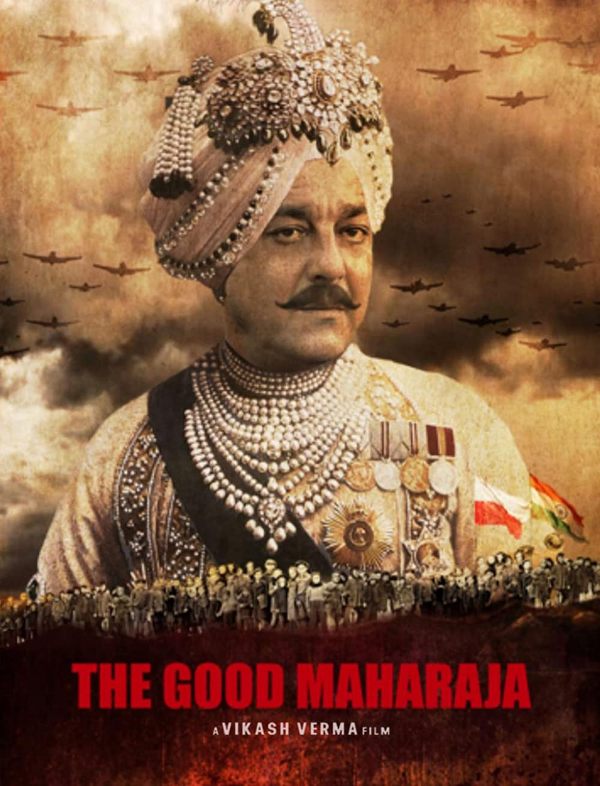
References/Sources:

